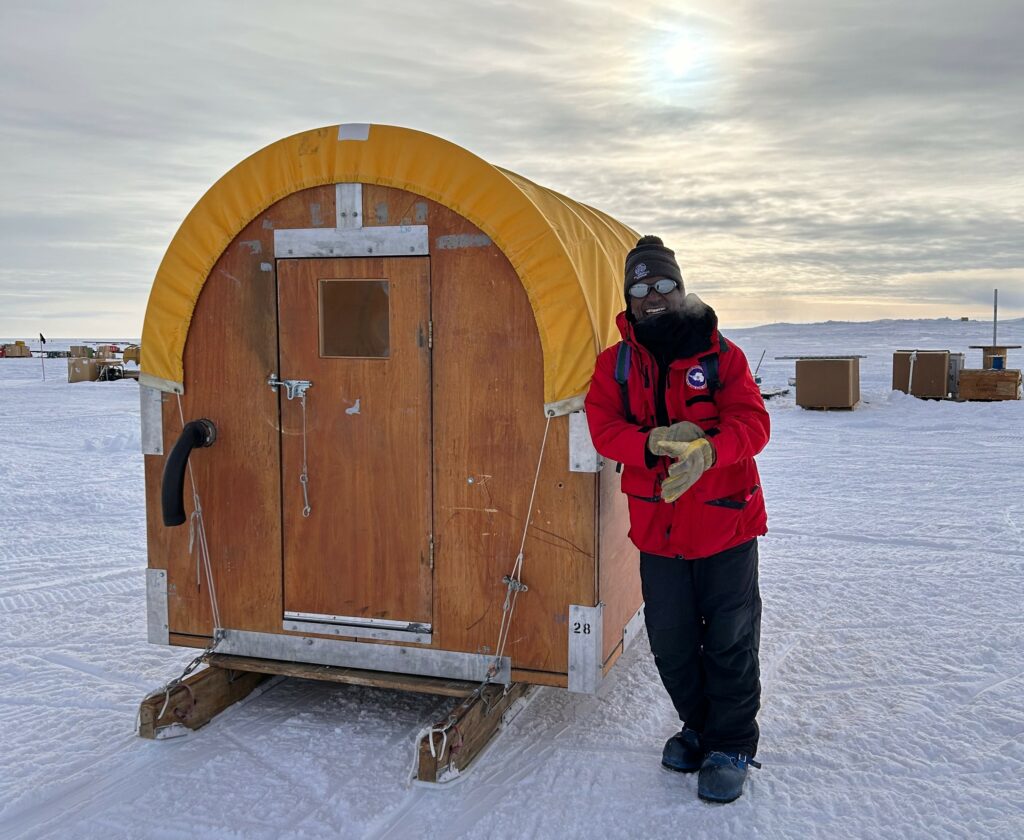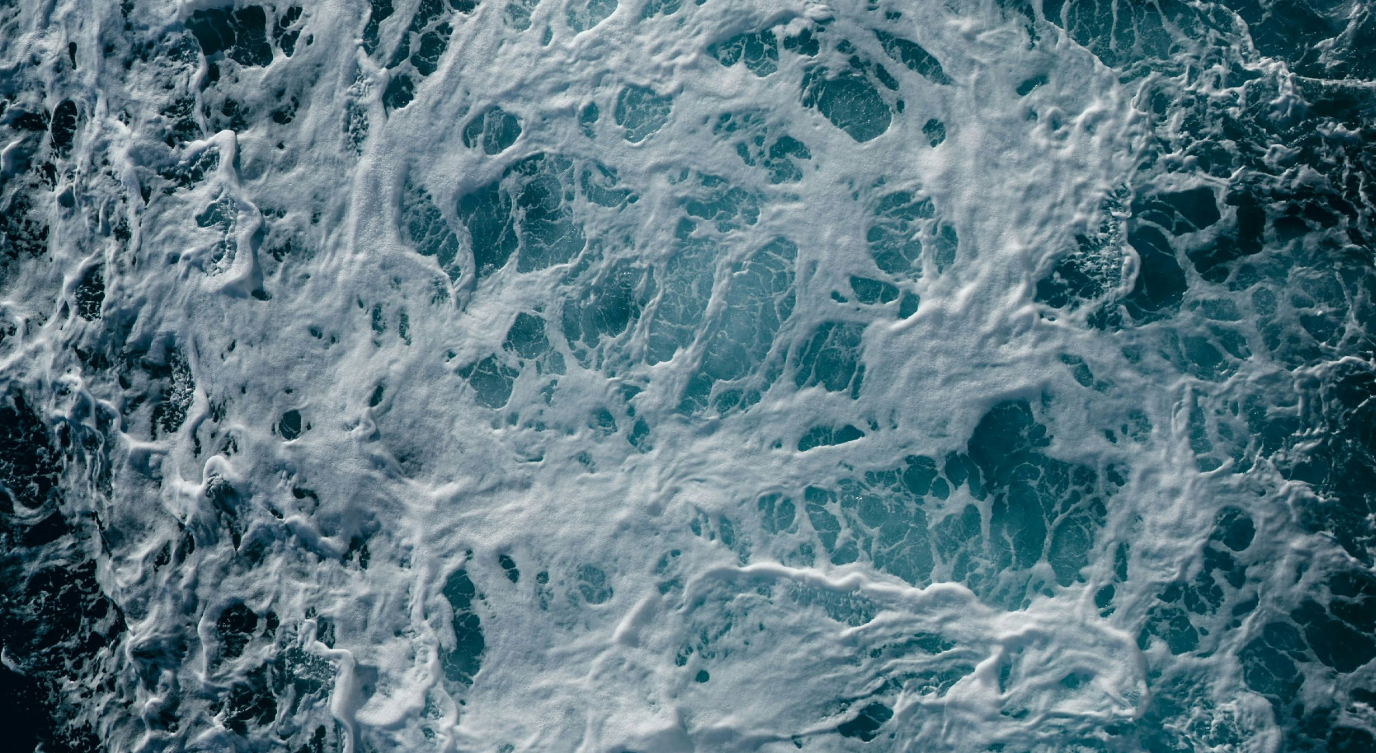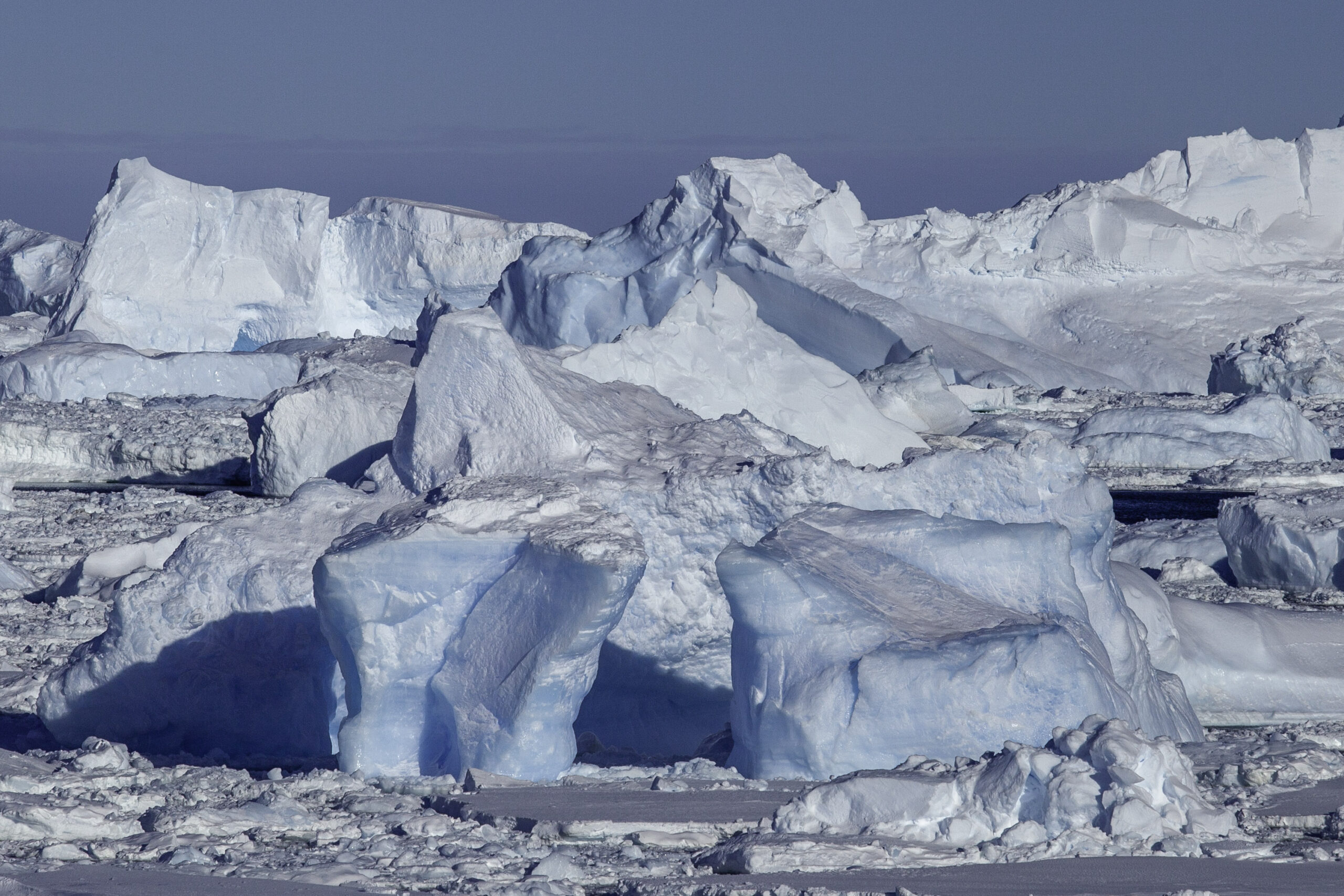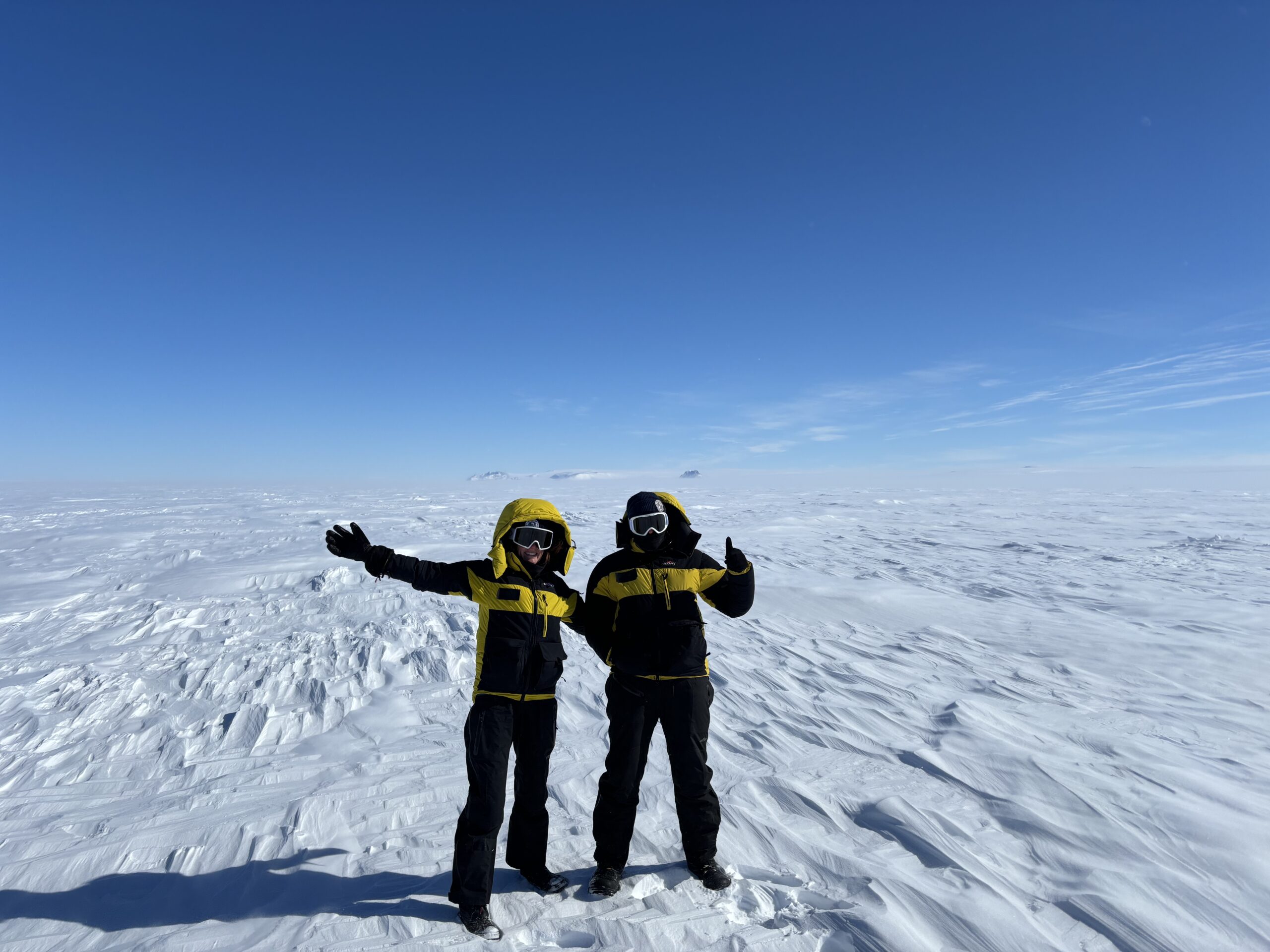Welcome to Professor Sridhar Anandakrishnan
ACEAS is honoured to welcome a special guest over the coming months. Professor Sridhar Anandakrishnan is with us from Pennsylvania, USA as a visiting Fulbright Scholar. His project is entitled ‘East meets West: integrating results from recent research in East and West Antarctica.’
We caught up with Professor Anandakrishnan to learn more.
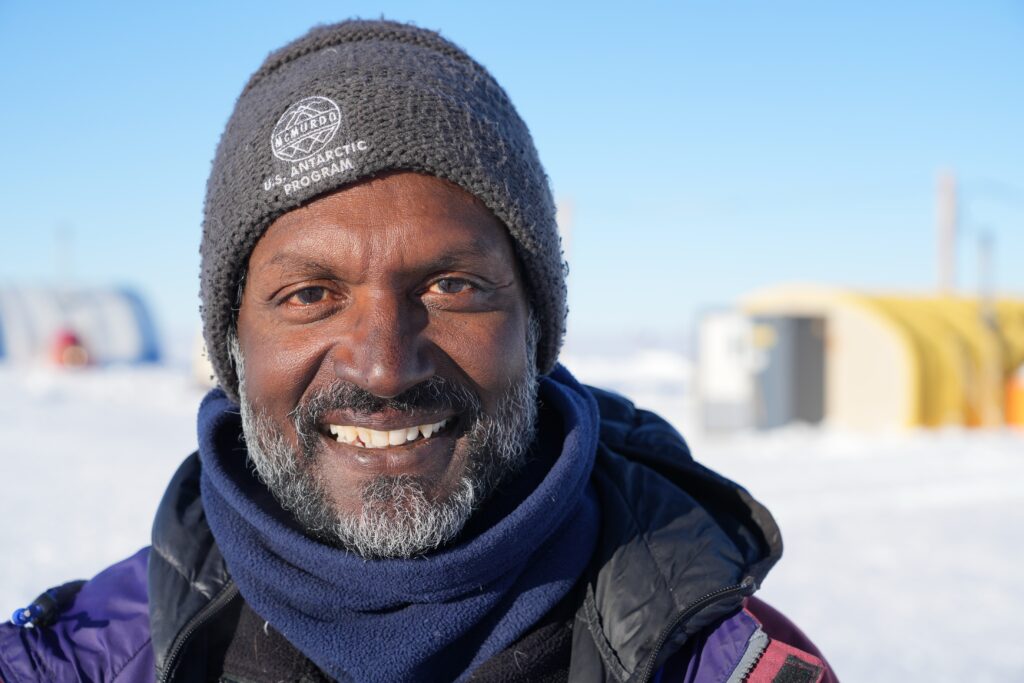
Welcome, Professor. Can you please introduce yourself and your area of expertise?
I am a glaciologist and geophysicist from the Pennsylvania State University, in Pennsylvania, USA. My area of study is to use geophysics (broadly, using radio waves, sound waves, measurements of magnetic fields, gravitational fields) to understand the flow of glaciers and ice sheets. Glaciers are critical to study whether one lives far away (because of their influence on sea level), or near them (because of their relation to river flow, flooding, etc). I work primarily in Antarctica and Greenland, but with some research in Switzerland, Alaska, Norway, and Iceland.
What brings you to ACEAS and Tasmania?
Antarctica is broadly divided into two halves – West Antarctica is generally of lower elevation, thinner ice, and smaller size (it was known at one time as Lesser Antarctica). The other part, Greater Antarctica, or East Antarctica is thicker, higher, and larger. Most of my work has focused on West Antarctica, but many of the issues that affect the glaciers of West Antarctica could occur in East Antarctica. ACEAS scientists have been studying East Antarctic glaciers for many years, and I have come here to learn from them, and to offer insights from West Antarctic studies.
What are you hoping to focus on while you’re here?
I hope to generate a broad cooperative program, including US, Australia, NZ, and other nations to study conditions in targeted regions of Australia. The Wilkes Basin is one possible location that is little known, poorly measured, but could potentially contribute significantly to global sea level rise.
What motivates you with your research?
Studying glaciers is exciting just for itself (glaciers are awesome and beautiful things that have controlled so much of the history of this planet through their control of sea level; formations of glacial landscapes, valleys, lakes, etc) but studying them has taken on a particular importance today because of the threat of global sea level rise from retreating and thinning ice sheets. Human activity is warming the climate and that is affecting the ice of Greenland and Antarctica, which in turn is affecting sea level. Helping communities prepare for future conditions is one of the central challenges facing climate scientists such as glaciologists.
What are you looking forward to exploring in Australia, outside of your work?
I hope to travel to some of the remarkable areas both in Tasmania, as well as on the mainland. Our must-do list includes the Great Barrier Reef and Darwin. Beyond that I hope to go as many places as I can to answer the central question – why do Aussies love to shorten all their words: salvos and servos and arvo and avo and Aussie and Tassie…?
—
Professor Anandakrishnan will be based at IMAS at the University of Tasmania in Hobart, until May 2025. He will also deliver a public lecture – stay tuned for further details.
